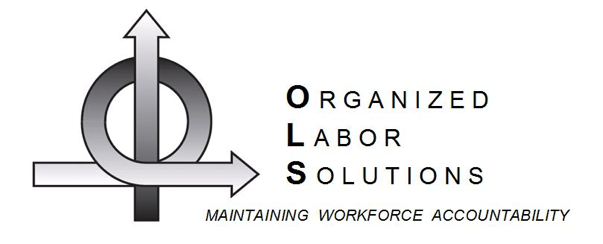
Growing up, I traveled all over the United States. I witnessed many highway trucking accidents. One particular accident I recall consisted of up to a dozen eighteen wheelers and several cars. One driver fell asleep, and lives were lost. In those days, truckers often drifted off the road because they were legally permitted to drive for endless hours. Today, there are public safety regulations that prevent these drivers from being on the road for too many hours. We now have rumble strips, or sleeper lines, that arouse drowsy drivers or alert otherwise inattentive operators. Rumble strips reduce accidents and undoubtedly save lives.
Workplace ‘drifting’ exists in virtually every organization; these drifters are employees who perform relatively well but become inattentive at times. Drifting in the workplace is the act of gradual deviation from acceptable practice. Employees grow too comfortable and begin to drift from workplace principles often not realizing the seriousness of their actions or inactions. Oftentimes, they have excellent records for several years before drifting begins. In a sense, managers can act as the ‘rumble strip’ that draws employees’ attention to their own mistakes. This provides an employee the opportunity to self-correct. A manager’s interventions may help ensure the long-term success of an employee who may occasionally wander out of bounds.
The following example illustrates drifting behavior in the workplace. In hospital settings, nurses handle many narcotics. There are certain conditions in place to prevent nurses from stealing medications for their own purposes. If a patient requires only a portion of a full container of narcotics, regulation states that nurses discard all remaining narcotics in the waste container. At least two nurses are required to witness the discard.
In one particular case, a group of nurses developed a strong, trusting working relationship. As such, informal structures developed. Operatively and over time, during certain busy shifts, these nurses ‘drifted’ into a practice of signing off as witnesses for disposals they did not actually observe. One nurse became addicted to narcotics after taking a prescribed amount following a personal surgery. After her prescriptions depleted, she started stealing narcotics for her own personal use. She pretended to discard drugs that she actually placed in her pocket.
One morning, she was driving under the influence of several narcotics she took from the hospital and was pulled over by the authorities. Her career was over. She was not the drifter in this story, however. Her behavior was egregious and required immediate termination. The nurses who did not witness their coworker discarding the narcotics were the ones drifting from company policy. Gradually, they became comfortable with the informal operation of signing off as witnesses for something they did not witness—to the detriment of one of their colleagues. They drifted from witnessing each discard of medication, to merely signing that they had witnessed the waste. From then on, each nurse became deeply committed to paying closer attention and to following the defined procedures to the letter, not only because it was regulation, but because they now understood the safety reasons behind the rule. In this case, because there was no effective ‘rumble strip’ to alert these drifting employees, one of their fellow nurses ruined her career.
Dedicated leaders develop effective rumble strips to prevent drifting in the workplace. Examples include manager attentiveness, efficient processes, and a self-reporting culture of accountability, but most importantly, managers must handle problems promptly, fairly, and appropriately. Maintaining a culture of employee accountability is the most effective rumble strip because employees strive to be more self-aware.

